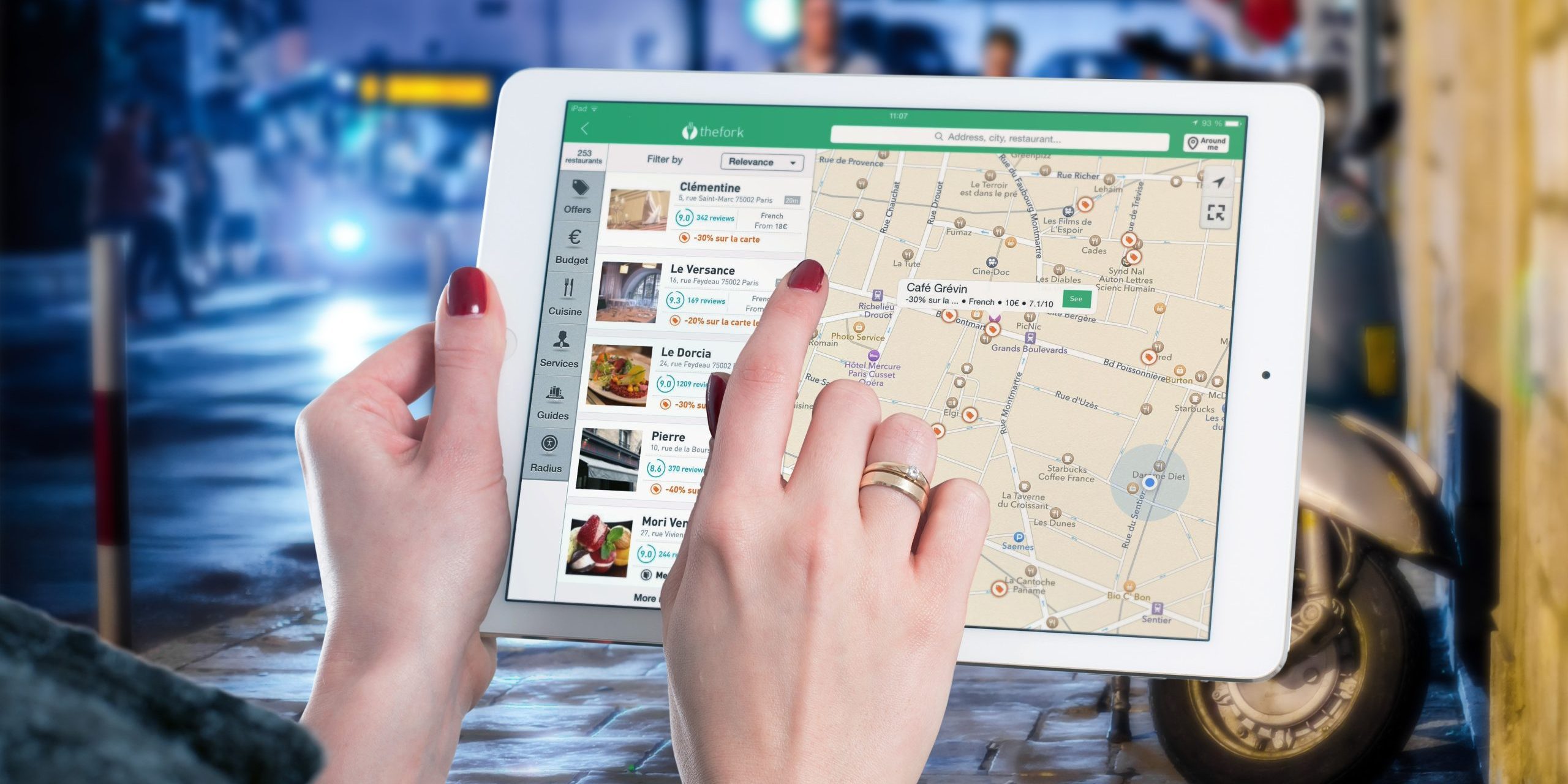If you’ve ever tried searching for a restaurant or a service near you, you’ve likely encountered ads that are specific to your current location. That’s not magic; that’s location targeting in action. In the vast world of Google Ads, location targeting (often referred to as geo-targeting) is one of the most powerful tools available to advertisers. But what exactly is it, and how can it benefit businesses? Let’s break it down.

What is Location Targeting?
Location targeting, in its simplest form, allows advertisers to choose where their ads will be displayed based on the user’s location or the locations they are interested in. Think of it as a spotlight that you can shine on specific areas, whether it’s a country, a city, or even a specific neighborhood.
Why is Location Targeting Important?
1. Relevance:
2. Local Promotions:
3. Optimized Ad Spend:
You can allocate more of your budget to areas where you see better results and less to areas that aren’t performing as well. This is a key optimization that can pay dividends over time and shouldn’t always be left to Google’s decision.

How to Set Up Location Targeting in Google Ads:
1. Log into your Google Ads account.
2. Select the campaign you wish to adjust or create a new one.
3. In the menu on the left, click on “Locations”.
4. If you’re creating a new campaign, the system will prompt you to choose your target locations. If you’re adjusting an existing campaign, you’ll see a blue pencil/edit icon; click on that.
5. Enter the locations you wish to target. This could be as broad as a country or as specific as a particular postal code.
6. You also have the option to exclude locations. This is handy if you want to target an entire country but exclude certain cities.
7. Save your changes.
Advanced Location Targeting Techniques:
1. Radius Targeting:
2. Location Bid Adjustments:
3. Advanced Location Options:
Google Ads gives you control over who sees your ads based on two criteria:
– People in, or who show interest in, your targeted locations.
– People searching for your targeted locations.
Understand the difference, and choose what’s best for your business. For example, if you’re a tourist attraction, you might want to target people who are showing interest in your location, even if they aren’t currently there.
Common Mistakes to Avoid:
1. Being Too Broad or Too Narrow:
2. Forgetting to Exclude Locations:
3. Not Using Data:
Using ``Presence or Interest`` Effectively
One crucial aspect of location targeting is understanding the difference between “presence” and “interest,” and how to leverage them effectively.
Presence vs. Interest: What’s the Difference?
When setting up your location targeting, you’ll encounter two options:
- Presence: This option targets people who are physically located in your chosen area. This is ideal for businesses that serve a local clientele, such as restaurants, shops, or service providers.
- Interest: This option targets people who have shown interest in your chosen area, even if they are not currently located there. This can be useful for businesses that cater to tourists or those planning to move to a specific location.
Which Option Should You Choose?
The best option for your business will depend on your specific goals and target audience.
Presence:
Interest:
Best Practices For Effectively Choosing ``Presence or Interest``
To make the most of presence or interest location targeting in Google Ads, follow these best practices:
- Define your target audience: Before you start setting up your location targeting, take the time to clearly define your ideal customer. Where do they live? What are their interests? This will help you choose the most effective targeting options.
- Use a combination of presence and interest targeting: In many cases, a combination of both presence and interest targeting can be the most effective approach. This allows you to reach both local customers and those who may be interested in your area in the future.
- Monitor your results: Keep a close eye on your campaign performance to see which targeting options are driving the best results. Don’t be afraid to experiment and adjust your strategy as needed.
Stay Informed With Some Extra Resources
Stay Informed with Search Engine Journal
For more insights and tips on Google Ads location targeting, check out this informative article from Search Engine Journal:
By understanding the difference between presence and interest targeting and following best practices, you can ensure that your Google Ads campaigns reach the right audience and drive the best possible results.
Wrapping It Up!
Location targeting in Google Ads is a dynamic tool that can greatly optimize your advertising efforts. It ensures that your ads reach the right people at the right place. Like any tool, its effectiveness depends on how it’s used. So, take time to understand your target audience and their geographic behavior. As always, regular reviews and adjustments based on data will help you make the most out of your advertising budget.
Whether you’re a local business trying to attract nearby customers or an e-commerce platform aiming for global reach with specific regional promotions, location targeting can be your best friend. Remember, in the world of advertising, being seen by the right eyes is half the battle. And with location targeting, you’ve got a precise aim.
Want To Work With The Robots?
Stay tuned for the next installment of our Google Ads series, where we delve deeper into the nuances of PPC Google Ads. Until then, happy optimizing!
If you need help with any aspect of your Digital Marketing including website design, Hosting or Maintenance, SEO, PPC, GA4 setup or AI implementation Book A Free Consultation With Us Today!








